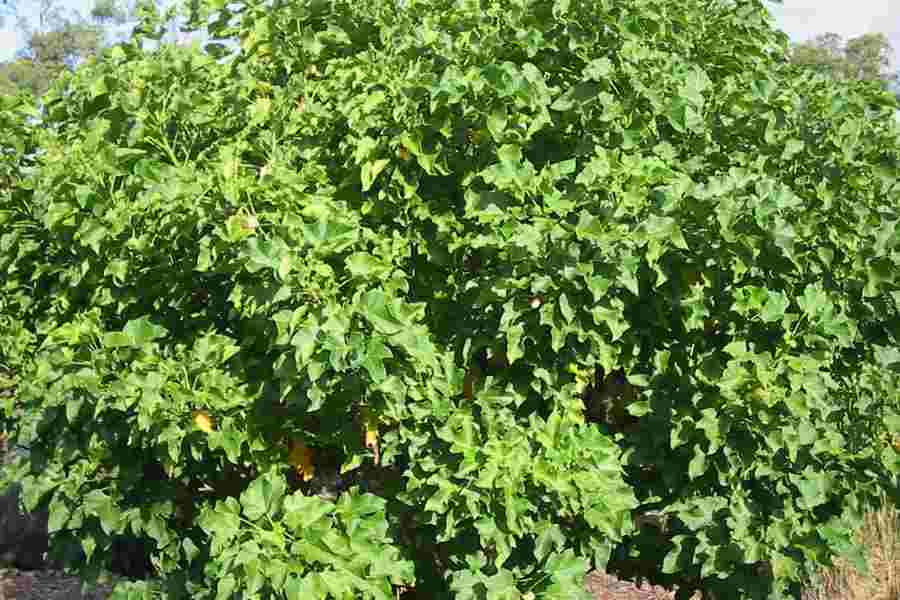
Oleovest Pl
Add a review FollowOverview
-
Founded Date May 12, 2002
-
Sectors Office
-
Posted Jobs 0
-
Viewed 324
Company Description
Jatropha a Viable Alternative Renewable Resource
Constantly the biodiesel industry is trying to find some alternative to produce eco-friendly energy. Biodiesel prepared from canola, sunflower and jatropha can replace or be integrated with conventional diesel. During first half of 2000’s jatropha biofuel made the headings as a very popular and appealing alternative. It is prepared from jatropha curcas, a plant species belonging to Central America that can be grown on wasteland.
Jatropha Curcas is a non edible plant that grows in the arid areas. The plant grows really rapidly and it can yield seeds for about 50 years. The oil got from its seeds can be used as a biofuel. This can be combined with petroleum diesel. Previously it has actually been used two times with algae mix to sustain test flight of industrial airline companies.

Another favorable technique of jatorpha seeds is that they have 37% oil content and they can be burned as a fuel without improving them. It is also utilized for medical purpose. Supporters of jatropha biodiesel say that the flames of jatropha oil are smoke totally free and they are effectively checked for basic diesel engines.
Jatropha biodiesel as Renewable resource Investment has actually brought in the interest of lots of companies, which have evaluated it for automobile usage. Jatropha biodiesel has actually been road checked by Mercedes and three of the cars and trucks have covered 18,600 miles by utilizing the jatropha plant biodiesel.
Since it is due to the fact that of some drawbacks, the jatropha biodiesel have not thought about as a terrific sustainable energy. The biggest problem is that no one knows that just what the performance rate of the plant is. Secondly they don’t know how big scale growing may impact the soil quality and the environment as a whole. The jatropha plant requires five times more water per energy than corn and sugarcane. This raises another issue. On the other hand it is to be kept in mind that jatropha can grow on tropical climates with yearly rains of about 1000 to 1500 mm. A thing to be kept in mind is that jatropha requires proper watering in the very first year of its plantation which lasts for years.

Recent study says that it is true that jatropha can grow on abject land with little water and bad nutrition. But there is no proof for the yield to be high. This may be proportional to the of the soil. In such a case it may require high quality of land and may need the exact same quagmire that is dealt with by a lot of biofuel types.
Jatropha has one main downside. The seeds and leaves of jatropha are harmful to humans and animals. This made the Australian federal government to prohibit the plant in 2006. The federal government declared the plant as invasive types, and too dangerous for western Australian farming and the environment here (DAFWQ 2006).
While jatropha has stimulating budding, there are number of research difficulties remain. The importance of cleansing needs to be studied because of the toxicity of the plant. Along side an organized study of the oil yield have actually to be undertaken, this is extremely essential because of high yield of jatropha would most likely needed before jatropha can be contributed substantially to the world. Lastly it is also very important to study about the jatropha species that can endure in more temperature level climate, as jatropha is really much restricted in the tropical climates.











